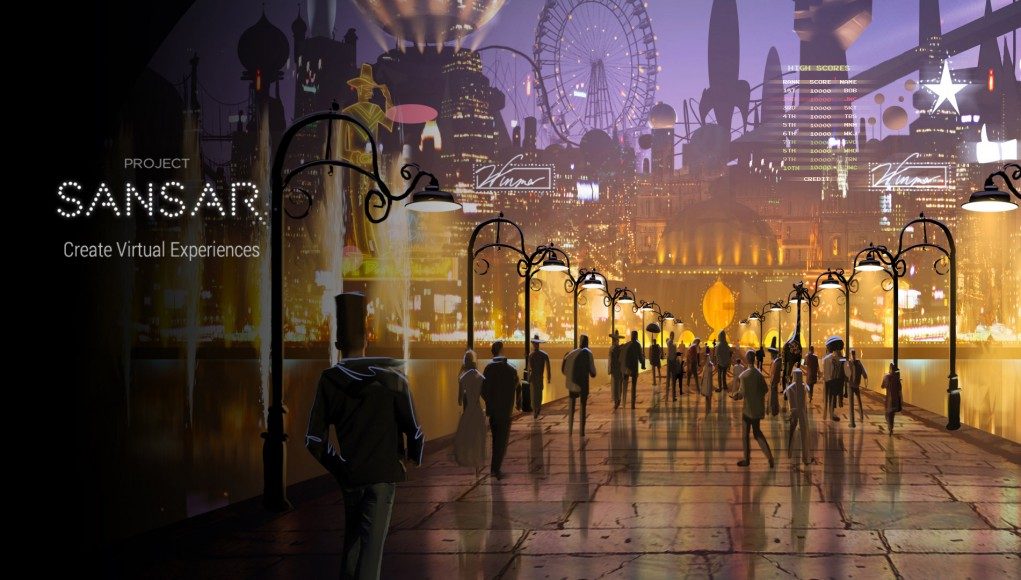Linden Lab, the developer behind Second Life, has announced the invitation of a select group of engineers and creators to trial the company’s next generation virtual world, Project Sansar.
Project Sansar aims be an early competitor in the race to develop something like a metaverse, or at the very least an extensive virtual world that users can access via VR headsets, PCs and mobile phones. While the platform will be accessible from any of these devices, it will be “optimized for VR headsets like the Oculus Rift,” according to Linden Lab. Second Life added DK2 support last year, and the move to more directly target VR headset users makes sense given the project’s appeal as an early take on an alternate universe in Ready Player One’s (2011) ‘Oasis’ mold.
Much of Linden Lab’s announcement of inviting the first outside content creators to the platform focuses on claims that it will democratize content creation in a virtual space.
“We want to lower the barrier of entry for VR creation,” says Linden Lab CEO Ebbe Altberg, before going on to compare Project Sansar to WordPress, the ubiquitous web platform that enables many of the world’s top websites.
Besides expanding the pool of potential creators, Altberg also believes Sansar will increase the types of content readily available in a VR setting.
“Project Sansar will also extend the value of VR to a wide variety of use-cases—from gaming and entertainment to education, architecture, art, community-building, business meetings, healthcare, conferences, training, and more,” he says.
The initial batch of creators will be limited to using Autodesk’s Maya software, but the company adds that, “at consumer launch, Project Sansar will support a variety of third-party creation tools as well as native building options, so that creators can work with their preferred software.”
See Also: Autodesk’s New Stingray Game Engine Will Launch with Oculus Rift Support
A variety of questions remain, the most pertinent of which being who is among the initial invitees that Linden Lab is giving access to Project Sansar, and what types of content will they create. Another question revolves around just how much software experience a potential creator will need to develop quality content; as it stands, there is no clear answer, with the company underscoring both Project Sansar’s democratizing potential and the need for some familiarity with, as the announcement says, “creation tools.”
Finally, there’s the issue of initial and in-world pricing. Readers familiar with Second Life will know that the service allows users to create an avatar for free. Much of the company’s revenue comes from users purchasing currency (Linden dollars) and goods within the world: the company has said that it sells upwards of $100 million worth of Linden dollars per anum, according to Re/Code.
Project Sansar will look to monetize virtual experiences for itself and for entrepreneurial-minded users, something that competitors like AltSpaceVR are also trying to work out. The economic model is, in short, to give users with a variety of different skillsets and resources the opportunity to capitalize upon their talents to earn and spend money in a virtual world. It worked pretty well for Second Life, despite a precipitous falloff in users after the mid-2000s, and Linden Lab is certainly hoping that Project Sansar will outpace Second Life’s user base and cash flow from the start. Only time will tell if they, or any of their competitors, will succeed.
One last thing: if you’re an engineer looking for work in Seattle, Boston or San Francisco, Linden Lab says they’re hiring.







